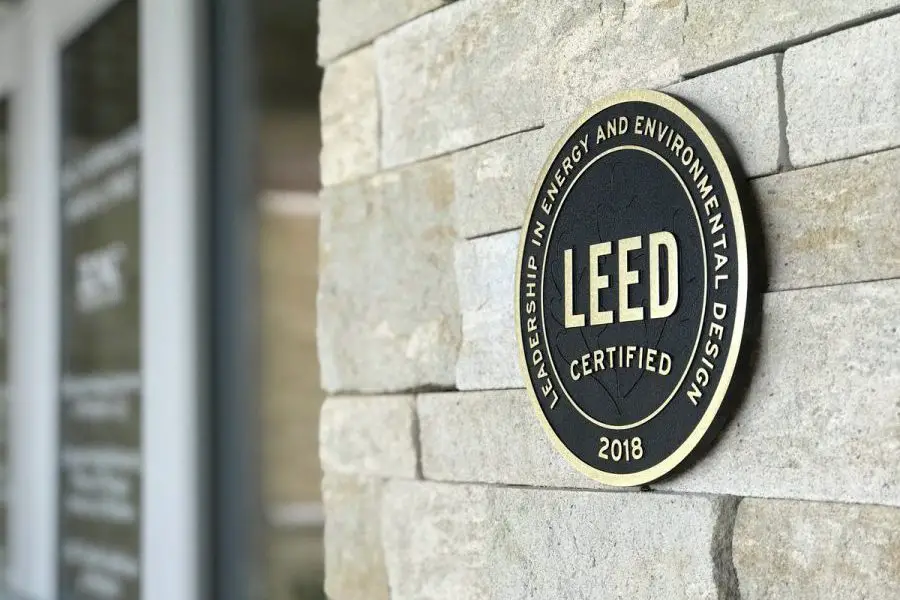
Introduction
Vertical farming has gained significant attention in recent years due to its potential to revolutionize sustainable farming practices. In this article, we will explore the concept of LEED Certification for vertical farms and its relevance in promoting sustainable agriculture. Furthermore, we will delve into the importance of LEED Certification for vertical farms and its potential to address food security and sustainability challenges.
Historical Background
The development of LEED Certification can be traced back to the early 1990s when the U.S. Green Building Council recognized the need for a standardized rating system for sustainable building practices. Concurrently, vertical farming emerged as a response to the increasing demand for food production in urban areas while minimizing environmental impact. The convergence of these two concepts paved the way for LEED Certification for vertical farms.
Key Concepts and Definitions
LEED Certification is a globally recognized rating system that evaluates the environmental performance and sustainability aspects of buildings. For vertical farms to obtain LEED Certification, they must meet specific criteria for sustainable building practices. These criteria include energy efficiency, water conservation, and waste management. In the context of vertical farms, LEED Certification emphasizes the importance of these practices to ensure a sustainable and efficient farming environment.
Main Discussion Points
Design and Construction Considerations for LEED Certified Vertical Farms
Designing and constructing LEED Certified vertical farms involve the use of sustainable materials and building practices. This includes the incorporation of renewable energy sources, such as solar panels, and the utilization of recycled or locally sourced building materials. Energy-efficient lighting systems play a crucial role in reducing energy consumption, and proper ventilation and air quality control are essential for maintaining optimal growing conditions within vertical farms.
Sustainable Farming Practices in LEED Certified Vertical Farms
LEED Certified vertical farms prioritize organic and pesticide-free farming methods to ensure the production of healthy and environmentally friendly crops. Water-saving irrigation systems, such as drip irrigation or hydroponics, are implemented to minimize water waste. Additionally, waste management and recycling strategies are put in place to reduce the environmental footprint of vertical farms.
Economic Benefits of LEED Certification for Vertical Farms
LEED Certification offers numerous economic benefits for vertical farms. By focusing on energy efficiency, vertical farms can significantly reduce their energy consumption and operational costs. Moreover, there is a growing market demand and consumer preference for sustainable products, including those grown in LEED Certified vertical farms. This increased demand can translate into higher profitability for farmers. Furthermore, government incentives or grants are often available for LEED Certified vertical farms, further enhancing their economic viability.
Case Studies or Examples
Real-world examples of successful LEED Certified vertical farms showcase the environmental and economic benefits achieved through sustainable farming practices. These farms not only produce high-quality, pesticide-free crops but also minimize water consumption and waste generation. The economic success of these farms is evident in their increased market share and consumer appreciation for their environmentally conscious products.
Current Trends or Developments
Recent research findings on the environmental impact of vertical farming continue to shape the industry. Studies investigate the energy consumption and carbon footprint associated with vertical farms, aiming to optimize their operations further. Additionally, advancements in technology and practices, such as vertical farming with artificial intelligence systems, are being adopted to maximize efficiency and productivity in LEED Certified vertical farms. Furthermore, the growing interest and investment in sustainable agriculture and vertical farming are driving continuous developments in this field.
Challenges or Controversies
Challenges faced by vertical farms include high upfront costs and limited scalability. The initial investment required to set up a vertical farm can be substantial, making it a barrier for many farmers. Additionally, the scalability of vertical farms is limited by space availability and the high costs associated with expanding vertically. Controversies surrounding the use of artificial lighting and concerns about nutrient deficiencies in vertical farming continue to be topics of debate within the industry.
Future Outlook
The future of LEED Certified vertical farms looks promising, with the potential for significant growth and expansion. As the demand for sustainable and locally grown food increases, vertical farms offer a viable solution to address food security and sustainability challenges. Advancements in technology and practices are expected to further enhance LEED Certification for vertical farms, making them even more efficient and sustainable.
Conclusion
LEED Certification for vertical farms presents a transformative approach to sustainable farming practices. By adhering to specific criteria, vertical farms can minimize their environmental impact and maximize their economic profitability. The future of LEED Certified vertical farms holds great potential in addressing food security and sustainability challenges while meeting the increasing demand for sustainable and locally sourced food.